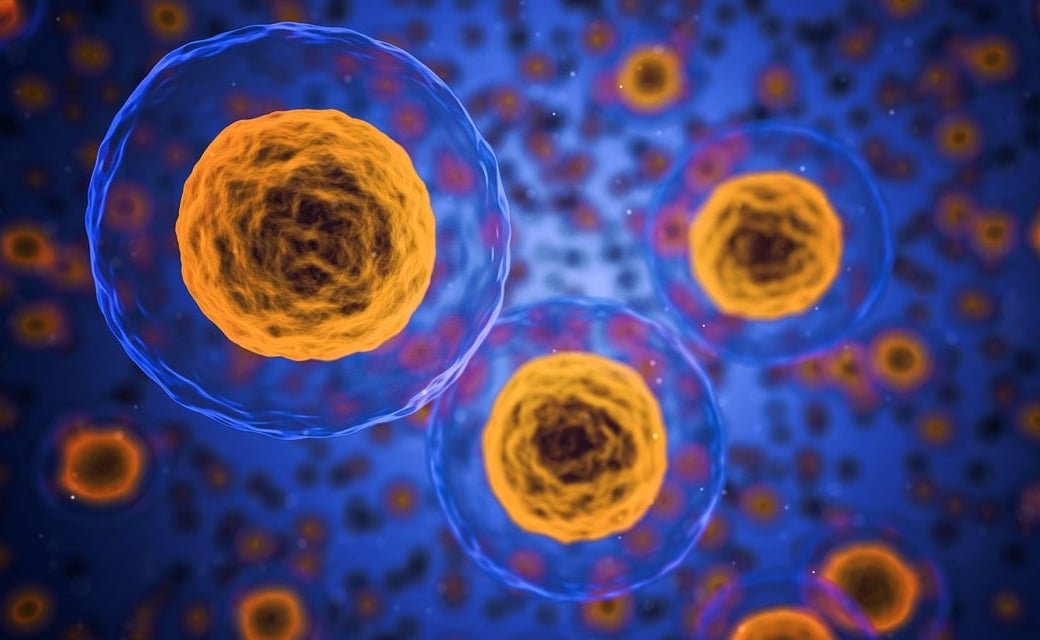Mineral Supply of the Body
Recent studies have shed light on the intricate workings of cellular metabolism concerning minerals, revealing that it operates exclusively at the molecular level. Consequently, cells are enveloped by interstitial fluid, which serves as a conduit for essential substances. Each cell type possesses distinct requirements based on its function and role within the body’s cellular framework. For instance, the needs of a heart cell differ significantly from those of a kidney cell or a bone cell.
A fascinating aspect emerges when cells receive adequate mineral nourishment: they generate individualised vibration fields. For instance, all heart cells resonate at the same frequency, collectively contributing to the heart’s energy field, a phenomenon often elucidated through acupuncture. Correspondingly, acupuncture identifies specific points related to these vibrational fields. Together, all organs and tissues create a unified vibrational matrix upon which the extracellular mineral balance relies.
Maintaining a consistent ratio of minerals both inside and outside cells is imperative for the organism’s equilibrium. Referred to as a constant concentration ratio, any intracellular deficiency in minerals prompts the body to adjust extracellular levels accordingly. However, this regulatory mechanism can falter, leading to mineral imbalances.
Excessively high doses of mineral supplements administered to rectify deficiencies may exacerbate the problem, triggering adverse reactions like nausea, colic, diarrhoea, or constipation. Consequently, the body either expels these substances or deposits them, potentially forming stones, as observed in cases of calcium excess in the extracellular space, notably in kidney stones.
Micro and Macro Range of Minerals
In our explorations, the pivotal roles played by two distinct regions of the organism—the intracellular (micro-range) and extracellular (macro-range) compartments—prompt inquiry into their respective supply mechanisms. Beginning with an examination of the extracellular space, which encompasses the area outside the cells, sheds light on this vital aspect.
Supply of the Organism Outside the Cell (Extracellular)
It’s difficult to assert that the organism relies solely on extracellular provision, occurring exclusively in the interstitial spaces between cells (macro-range). Time and again, the remarkable adaptability of organisms ensures optimal supply, to the extent possible. In challenging supply scenarios, organisms adeptly convert externally provided substances into utilisable forms within the cell (micro-range) for their benefit. However, unbalanced provisioning can lead to deficiencies particularly evident when horses are confined to stables rather than enjoying free-range grazing.
Mineral Supplements – Coarse Substances
Efforts can be made to address mineral deficiencies resulting from a diet lacking in nutrients by supplementing with mineral deposits. However, a more effective approach is to incorporate minerals into a well-balanced, plant-based diet. Overdosing on mineral supplements poses a risk of disrupting the equilibrium of minerals both inside and outside the cells, potentially leading to complications.
Recent findings indicate that an unbalanced intake of specific minerals can cause imbalances in other minerals or trace elements. For instance, an excessive intake of calcium can disrupt zinc levels, affecting overall health. The same principle applies to the administration of iron supplements.
In an attempt to counteract sodium chloride loss in horses, salt licks are often utilised. However, for heavily burdened animals, this method may not be adequate. In such instances, additional minerals like potassium and magnesium or electrolytes should be administered through drinking water to offset other mineral losses. Relying solely on a mineral lick may not suffice. Care should be taken to ensure that other horses do not access the water bucket or tip it over, thus ensuring the targeted delivery of minerals to the horse.
Supply within the Cell
When examining minerals through the lens of Dr. Schuessler’s principles, one inevitably ponders: “Does every horse require minerals according to Dr. Schuessler?” The unequivocal response is “No!” The innate capacity of the animal organism allows it to self-supply intra- and extracellularly from a nourishing, high-quality dietary intake. However, deficiencies may arise due to singular stresses, challenging environmental conditions (e.g., radiation exposure), inappropriate herd compositions, or problematic feeding regimes, resulting in functional disturbances.
In Dr. Schuessler’s biochemical framework, the focus rests on operational disruptions rather than diseases, as a clear distinction exists between the two. While diseases such as herpes or rabies stem from viral origins, indications like inflammations or heightened temperatures suggest a compromise in the immune field and overall milieu, attributed to a depletion of trace minerals.
With deeper exploration into mineral dynamics, inquiries naturally arise concerning the regulation of mineral equilibrium. Each individual cell or cell conglomerate within an organ or tissue harbors distinct mineral requisites, sourced from the surrounding connective tissue fluid. The cell acts in accordance with its specific demands, aligning with the tasks it fulfills within the organism. This intrinsic process unfolds across all living entities.
To comprehend mineral equilibrium comprehensively, juxtapositions between the intracellular and extracellular realms are imperative. Life hinges on minerals through dual avenues. Dr. Schuessler underscored this dichotomy in his seminal work on the minerals he pioneered and meticulously prepared. He elucidated, “The aforementioned substances serve as both the structural foundations and operational agents of tissues, functioning as materials by their abundance and agents by their efficacy. When utilised for therapeutic purposes as operational agents, they must be administered judiciously.” (Schuessler 1874).
For Schuessler, the scarcity of operational agents took precedence, given that during his era, deficiencies in structural materials were less pronounced, and the adulteration of food sources had yet to manifest. In contemporary times, consideration must be given to both strata: structural elements and functional or operational substances.
Emergence and Impact of Deficiencies
When the cell lacks sufficient nutrients from the surrounding interstitial fluid, it suffers from a deficiency. Additionally, a deficiency occurs when the cell, in response to a strong stimulus, excessively consumes a particular mineral.
For instance, horses exposed to intense dust from materials like straw expend numerous detoxifying and excretory substances, depleting their reserves over time. This depletion can lead to symptoms such as coat itching and allergic reactions.
For example, chronic acidification from improper nutrition can deplete the body’s Sodium Phosphoricum No. 9, which regulates acidity, burdening the immune system as acids attach to white blood cells, diminishing their vitality. Consequently, minor injuries may escalate into severe, difficult-to-treat inflammations.
Excessive nervousness can exhaust the body’s storage of Ferrum Phosphoricum No. 3, weakening the immune system and causing hypersensitivity to minor stressors. Even a slight gust of cool air may trigger coughing, potentially leading to bronchitis.
In cases where horses become apathetic due to exhaustion, Potassium Phosphoricum No. 5 alone may not suffice. Additional lecithin supplements may be necessary to rebuild nerve strength.
Brittle teeth or weak bones, often manifested by recurrent lameness or fractures from minor incidents, require more than just the minerals prescribed by Dr. Schuessler. In such cases, providing an excellent calcium supplement alongside these minerals becomes essential. Thus, addressing both micro and macro-range elements is crucial.
The integration of these two domains, ensuring a consistent concentration ratio of mineral content inside and outside cells, remains unexplored by other healing methods.


